Rising Awareness and Education Initiatives
The growing emphasis on patient education and awareness regarding Gastric Antral Vascular Ectasia is a significant driver for the Gastric Antral Vascular Ectasia Treatment Market. Healthcare organizations are increasingly focusing on disseminating information about GAVE, its symptoms, and treatment options. This heightened awareness is likely to lead to earlier diagnosis and treatment, which can improve patient outcomes. Additionally, educational initiatives aimed at healthcare providers are essential for ensuring that practitioners are well-informed about the latest treatment protocols. As awareness continues to rise, the demand for effective therapies is expected to increase, thereby propelling market growth.
Increasing Research and Development Activities
The surge in research and development activities focused on Gastric Antral Vascular Ectasia is poised to drive the Gastric Antral Vascular Ectasia Treatment Market. Pharmaceutical companies and research institutions are investing in studies aimed at understanding the underlying mechanisms of GAVE and developing novel therapeutic agents. This focus on R&D is crucial for discovering new treatment options that may offer improved efficacy and safety profiles. As more clinical trials are conducted and new therapies emerge, the market is likely to expand, providing patients with a broader range of choices. This trend underscores the importance of innovation in addressing the challenges associated with GAVE.
Growing Investment in Healthcare Infrastructure
The expansion of healthcare infrastructure is a critical driver for the Gastric Antral Vascular Ectasia Treatment Market. Increased funding for healthcare facilities, particularly in developing regions, is enhancing access to specialized treatments for GAVE. Governments and private entities are investing in modern medical equipment and training for healthcare professionals, which is essential for the effective management of this condition. As more facilities become equipped to diagnose and treat GAVE, the market is expected to experience growth. This investment not only improves patient care but also fosters a more robust healthcare ecosystem, ultimately benefiting the Gastric Antral Vascular Ectasia Treatment Market.
Technological Advancements in Treatment Modalities
Technological innovations in the treatment of Gastric Antral Vascular Ectasia are significantly influencing the Gastric Antral Vascular Ectasia Treatment Market. The development of advanced endoscopic techniques, such as argon plasma coagulation and band ligation, has enhanced the efficacy of treatment options available. These technologies not only improve patient outcomes but also reduce recovery times, making them more appealing to both patients and healthcare providers. Furthermore, the integration of artificial intelligence in diagnostic procedures is expected to streamline the identification of GAVE, potentially leading to earlier interventions. As these technologies continue to evolve, they are likely to drive market growth by offering more effective and less invasive treatment solutions.
Rising Incidence of Gastric Antral Vascular Ectasia
The increasing prevalence of Gastric Antral Vascular Ectasia (GAVE) is a notable driver for the Gastric Antral Vascular Ectasia Treatment Market. Studies indicate that GAVE is often underdiagnosed, leading to a rise in reported cases as awareness improves among healthcare professionals. The condition is frequently associated with chronic liver disease and other gastrointestinal disorders, which are becoming more common. As the population ages and the incidence of related diseases rises, the demand for effective treatment options is likely to grow. This trend suggests a burgeoning market for therapies specifically targeting GAVE, as healthcare providers seek to address the needs of an expanding patient demographic.


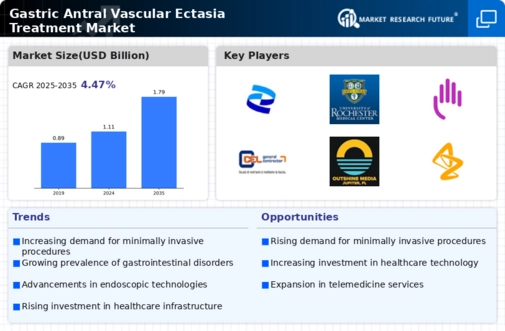
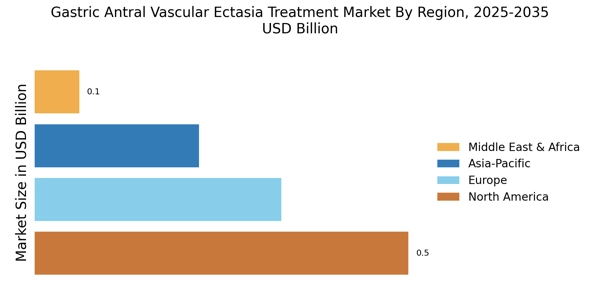

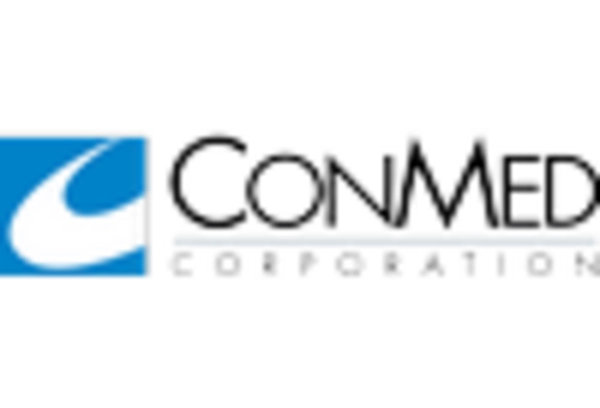
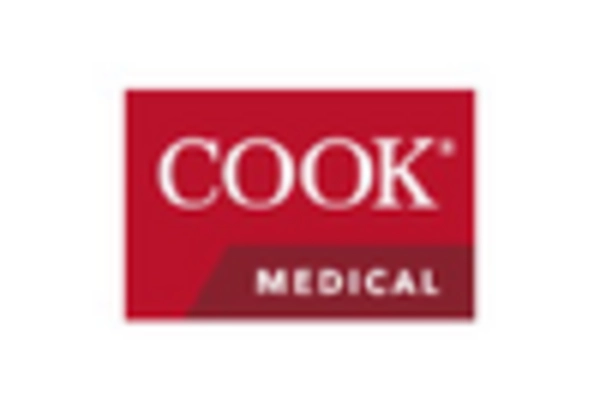

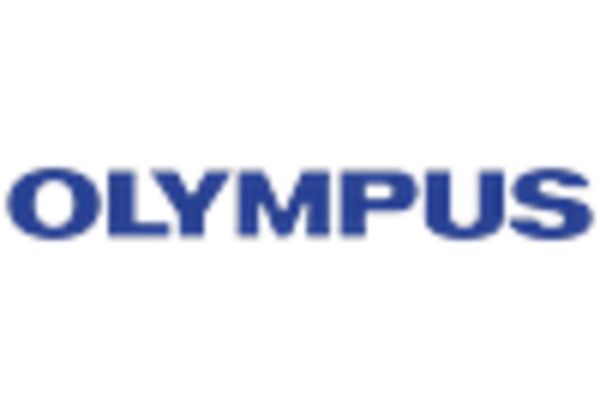









Leave a Comment